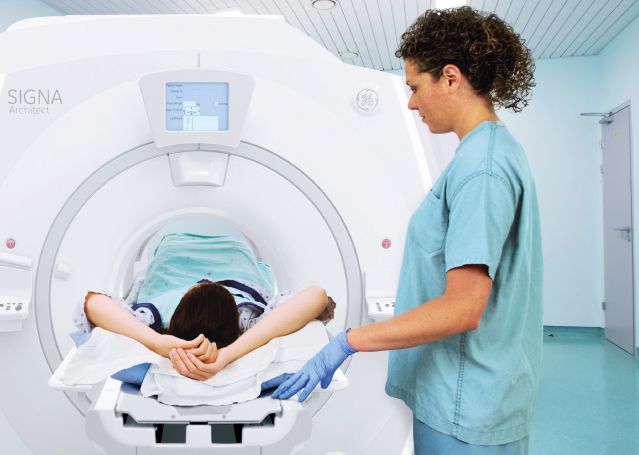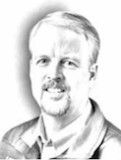HealthManagement, Volume 19 - Issue 2, 2019
Combining applied intelligence, analytics and technologies enabled a radiology center in Germany to reduce patient wait times for an MR exam from 6-8 weeks to just 1-2 weeks

Radiomed, a private practice with nine locations across West-Central Germany, recently led a pioneering project combining digital tools with MR technology to increase productivity and quality in imaging.
The program brings together two of the top trends in MR imaging: applied Intelligence, helping doctors find and consolidate relevant data that has the potential to improve patient care and boost workflow, and data-fueled analytics, to dig deeper into that data to make business decisions for improved efficiency and patient care.
“We entered the project to improve MR performance, and what happened since then is beyond my expectations,” says Dr. Christopher Ahlers, in Wiesbaden, Germany. “We’ve been able to increase productivity while maintaining quality, and in some points improving quality because we now spend time on things we feel are most important.”
Radiomed sees approximately 150,000 patients and conducts 35,000 MR exams every year. In February 2016, Dr. Ahlers partnered with GE Healthcare to develop the MR Excellence Program. Now Radiomed has analyzed data from its seven MR systems to improve workflows and protocols, significantly reducing waiting time while reducing stress among the clinic’s staff.

Dr. Christofer Ahlers, MD, Radiologist and Managing Partner at Radiomed
The program started by defining several key performance indicators that would give Radiomed insight into productivity and quality of care. GE then built an IT-based solution that brings together machine data from the MR system during the scan, image data from the PACS, and patient data from the RIS. It then aggregates this data and displays it in a dashboard, where management can analyze workflows, machine utilization, protocols and referral patterns to draw conclusions about productivity and workflow.
As a result, the practice saw up to 30% increase in productivity and increased MR scans from about 120 per week to about 170 per week. What’s more, patient wait times for an exam dropped from 6-8 weeks to just 1-2 weeks.
“It doesn’t help if you’re scanning faster when you don’t adapt your scheduling,” says Dr. Ahlers. “The paradigm change is to actually real-time monitor what you’re doing, and to iteratively look at where you lose your time to make this a sequential adaption process. This makes the whole process much more dynamic.”
Although streamlining the patient experience was the key goal, radiology techs at Radiomed reported benefits too.
“Due to better scheduling, we don’t have to take so many overtime hours. Through this simplification, we have less stress and it is more pleasant working,” says Julia Köhler, radiographer at Radiomed.
“I must admit, I am deeply impressed by what has been achieved,” Dr. Ahlers says. “It opens insights into our workflows and productivity that I couldn´t imagine one year ago. This project will have a tremendous impact on how we work in the near future and will make us rethink what we do in MR.”
This actionable data is critical to keeping up with faster imaging technology and is part of the larger shift to dynamic, analytics-based business decisions.
Dr. Ahlers will pilot a similar CT excellence program later this year, and he expects to have actionable data by the end of 2018.
“Doing this together with GE opens the door to implement these ideas into an IT-based solution,” he says. “Besides selling equipment, GE continues to improve the spectrum of services they offer that really make all of this a holistic approach to radiology, and we really appreciate that. We don’t buy only a machine anymore, but we also have a partner onboard that helps us to optimally use our systems and to deliver the best possible care to our patients.”
Dr. Ahlers presented the results from the “MR Excellence Program” at the European Congress of Radiology (ECR) this week in Vienna, Austria.




